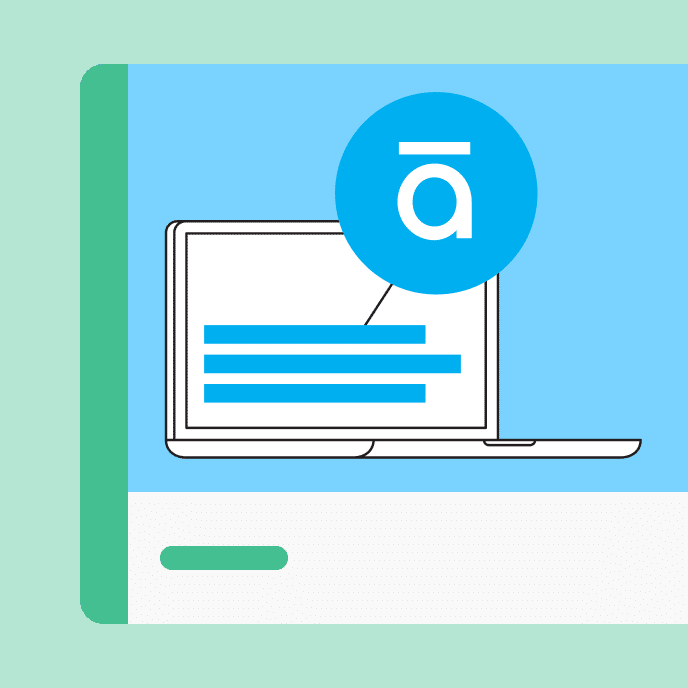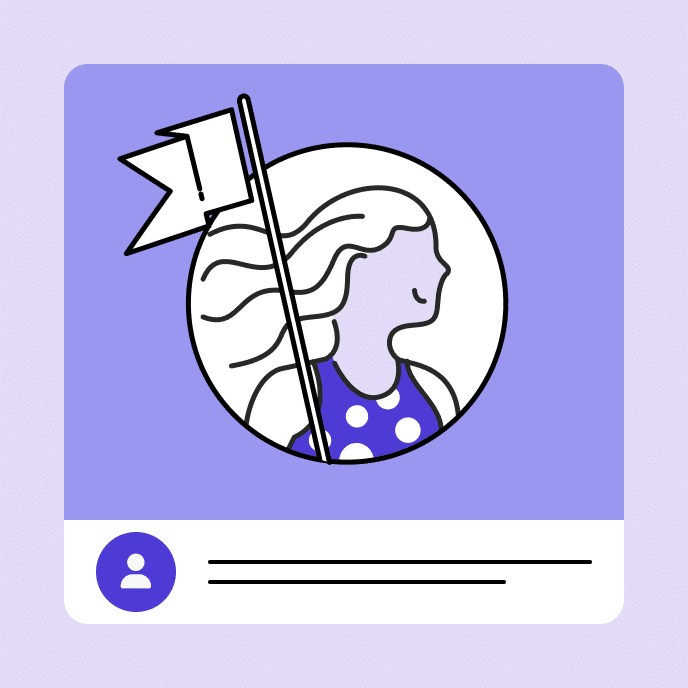The Role of Team Intros in Employee Onboarding
Develop “meet the team” training to help new hires get to know their colleagues, promoting collaboration and communication from the start.

The role of team introductions in employee onboarding
Team introductions play a critical role in the employee onboarding process. New employees develop skills and adjust to their new job or a company’s culture more quickly when they feel comfortable asking others for assistance. Best of all, positive work relationships improve business outcomes on nearly every front. Good rapport can boost employee engagement and job satisfaction, enhance performance, and improve retention.
Creating a short course with “meet the team” content can kick-start the relationship-building in the employee onboarding process and contribute to an effective experience. Early team introductions dissolve communication barriers, facilitate smoother team integration, and help your new hire feel welcomed and more at home with their new teammates. Plus, it takes less time than you might think to develop. In this article, explore five steps to add team introductions to your onboarding process—and get new hires excited to join the crew.
Key Takeaways
How to develop “Meet the Team” content for employee onboarding programs

1. Identify key contacts and collaborators
First, identify what other employees the new hire needs to know. This may vary by role, but the employee’s direct manager and co-workers are generally a good place to start. From there, you can add relevant cross-departmental staff. Focus on the people who the employee will collaborate with regularly, but also include their department’s leadership team and C-Suite executives. This promotes a company culture of transparency in which new employees feel comfortable sharing ideas or concerns from the bottom to the top.
2. Provide helpful context and information for collaboration
Next, decide what is important for your new employees to know about each contact. If possible, reach out to the people you’re featuring in the “meet the team” onboarding course. Ask them what they’d like new hires to understand about them or their team, their role in the organization, their communication style, and how they work best. Also, be sure to let new team members know who to go to for information or assistance related to specific topics—such as tech issues, product-related questions, etc.
Understanding who is on the team and what roles they play encourages collaboration. New employees are more likely to collaborate effectively when they have a clear understanding of their colleagues’ expertise and responsibilities.
3. Showcase co-workers’ personalities in onboarding materials
The best “meet the team” training is both practical and personable. It fosters connections by helping new employees get to know their co-workers as people—not just employees. So, go beyond a formal title or job description. Add fun tidbits and showcase the diverse personalities of the people featured in your “meet the team” content. For example, listing the CEO’s favorite color conveys a lot less about her personality than sharing the fact that she does motocross in her free time.
Ask each team member to submit a short personal bio introducing themselves. If they need some inspiration on what to talk about, you might send over the following prompts:
- Family, loved ones, or pets
- Personal hobbies or interests
- Unique talents or accomplishments
- Favorite things—e.g., favorite food, music, travels, etc.
- Go-to podcasts, books, movies, or TV shows
- Random or funny experiences
- Interesting personal facts
- What they love most about their work or team
- Telling hypothetical scenarios—e.g., “If I were stranded on a deserted island, I’d bring…”
- Professional highlights or history
- Fun childhood memories or stories
- Anything else they’d like to share
4. Illustrate relationships with an organizational chart
Alongside helping new employees get to know their co-workers a bit better, you’ll want to help them understand where everyone fits in the organization—and how they relate to one another. A chart can help connect the dots. For bonus points, update the chart before the new employee joins. You can even personalize their version of the course to call out their role. That helps them understand exactly where they fit in, fulfilling another goal of the onboarding process.
5. Encourage new hires to say “hello” during their first week
At the end of your onboarding process, share some ways that a new employee can get involved and introduce themselves to the company. For example, if they’re expected to share a fun fact during the company town hall, let them know, so they have time to prepare. Or if there’s a company Slack or Microsoft Teams channel where they can drop a quick bio, call that out. Another option is to ask the new hire to schedule 15-minute, one-on-one meet-and-greet chats with the colleagues they’ll be collaborating with most frequently.
Meeting the team helps new hires build relationships from the start
Incorporating “meet the team” content into your employee onboarding program is a fun, effective, and scalable way to help new hires make connections and get oriented at your company. Introduce recruits to the people they’ll be working closely with, including direct supervisors, team members, and cross-departmental contacts. Provide an organizational chart, and identify who to approach for specific tasks or information.
At the same time, don’t be overly formal. The goal is not just to introduce names and roles but to foster a sense of camaraderie and belonging. You can do that by showcasing team members’ unique hobbies, interests, and personalities outside of work—and inviting new employees to do the same. Personal introductions help new hires feel part of the team, leading to closer work relationships and better collaboration from day one.
For more inspiration on developing engaging employee onboarding experiences, check out these creative examples of onboarding courses.
You may also like

A Culture of Giving Back: Articulate’s First Impact Campaign
Articulate’s first annual Employee Impact Campaign showcased how purpose and generosity drive change—and how small actions can result in a big impact.

